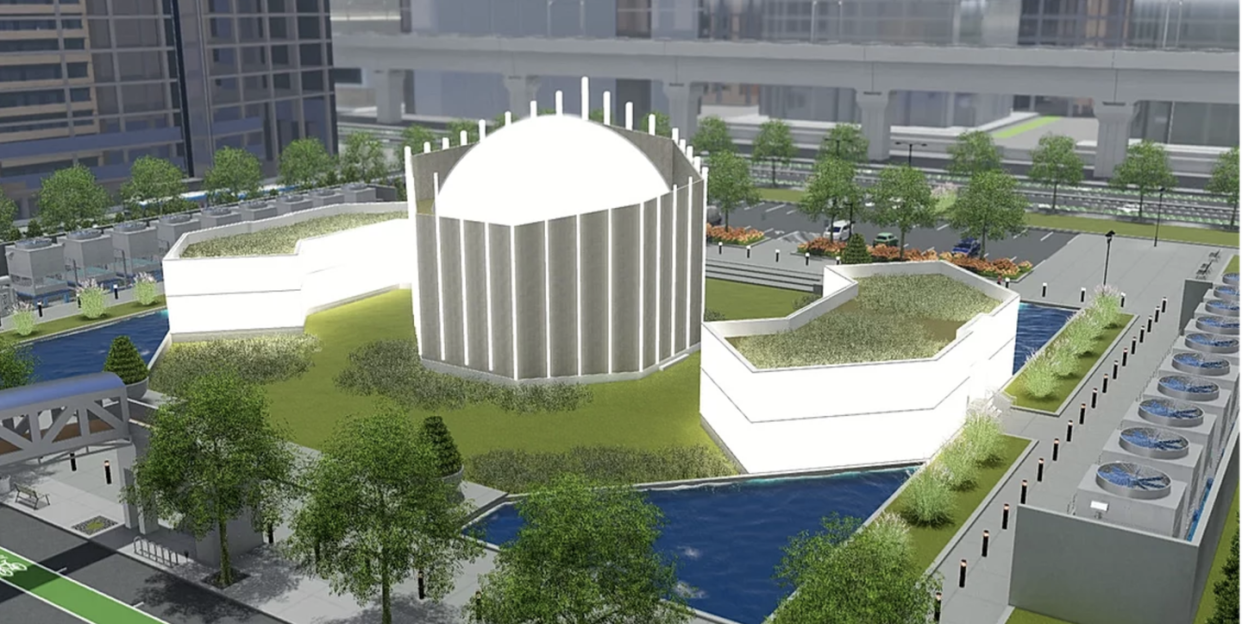Coming Soon: Open-Source Blueprints for a Tiny Nuclear Reactor

A nonprofit startup is offering an open-source nuclear plant plan.
One "modular reactor" plant was approved in 2018, but others still face regulatory hurdles.
The Energy Impact Center founder believes nuclear is the near future in cleaner energy.
What would happen if everyone in the world had access to nuclear reactor blueprints? We’re about to find out. A mechanical engineer-turned-tech entrepreneur has plans to, well, empower people around the world to build their own 100-megawatt nuclear power reactors. That’s much larger than some of the modular reactors designed by nuclear startups, but still much smaller than operating nuclear power plants in the U.S.
The Energy Impact Center (EIC) is an energy nonprofit that engineer Bret Kugelmass founded in 2017. The organization’s goals are similar to other groups working toward carbon neutrality or negativity, except Kugelmass has decided “cheap nuclear” is the only avenue he wants to pursue. By doing that, he’s essentially operating a startup model, and for his technology to take hold, a new paradigm for nuclear power plants will have to be installed.
“Today, we offer reference plant schematics and a platform to compile ongoing design work. With the help of our partners and the National Labs, these drawings will evolve into a fully detailed, ready-to-build blueprint,” the project website says. It seems like EIC exists to feed new technology into the nuclear startup development pipeline, with the lampshade that nuclear is considered a cleaner power source in the carbon interregnum.
The details of Kugelmass's plants are exciting. “This standardized pressurized water reactor (PWR) power plant is sized at 100MWe output to fit within project finance and timetable constraints,” he writes. “It is detailed enough for any utility to begin early site studies with +/- 20 [percent] cost predictability. It is abstract enough to allow for site-specific engineering details to be added, with a 50M dollar budget allocated per plant for such efforts.”
The major sticking point with all of these projects is that it takes a long time to fully regulate and understand how a new kind of nuclear plant will work. EIC’s project website shows city blocks where nuclear power plants are surrounded by grass and sidewalks and with buildings on all sides. To even install something like this, nuclear energy laws would have to change, or these convenient plants would be 5 or 10 miles outside of towns, just like existing plants. The evacuation zone around most plants is 10 miles.
Smaller reactors like this one have purported benefits in safety and regulatory time, but that’s only true if the rigorous testing required of a nuclear solution ends up in their favor, and that itself will still take time. In the interim, whether or not a plant takes just two years to complete doesn’t matter much. Maybe policy will change, but it would have to change very soon in order to keep these timeline frames on track. Until then, solar and wind—which aren’t subject to nuclear meltdowns under any circumstances—continue to develop rapidly.
You Might Also Like

